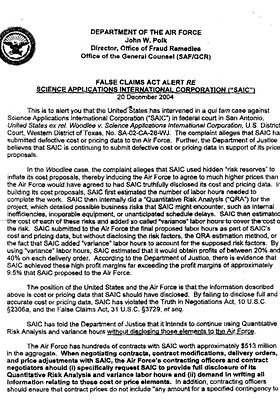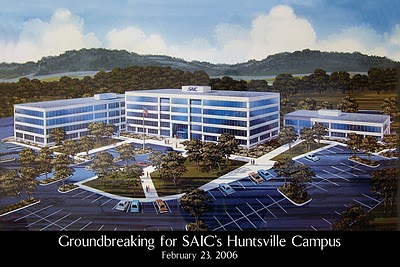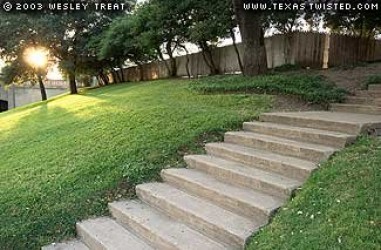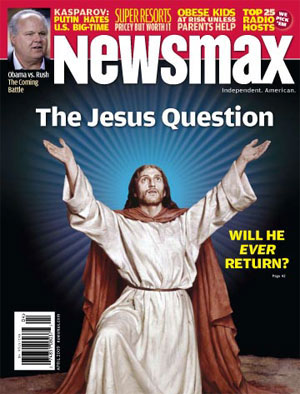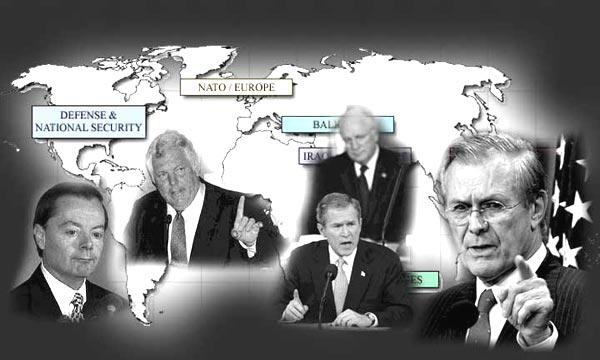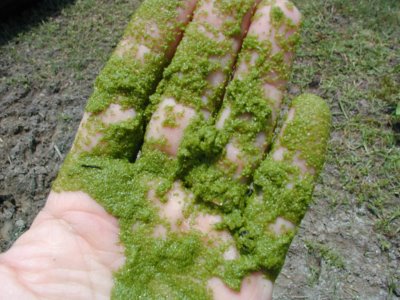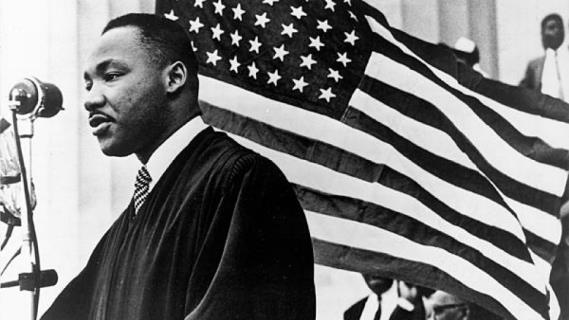Alex Constantine - December 2, 2013
Photo: On October 12, 1964, 43 year-old Mary Pinchot Meyer, a DC area artist, was shot to death on a Georgetown towpath ...
" ... It was all 'there, in her diary… her own mosaic of people, events, circumstances, and exploration…' developed '(a)fter Dallas… (having) taken it upon herself to discover… the truth of the conspiracy that had taken place—only to realize the magnitude of the second conspiracy, a cover-up taking place right before her eyes. ... ”
JFK's Assassination, 50 Years Later: A Still Unfolding Mystery
Hollywood has dealt with JFK’s assassination, most famously in Oliver Stone’s Oscar-winning “JFK” (1991)questioning the official line that Lee Harvey Oswald and Jack Ruby acted alone. The story features New Orleans district attorney Jim Garrison, played by Kevin Costner, who, after talking with Senator Russell B. Long of Louisiana in late 1966, uncovers, what he believes is a massive conspiracy to kill Kennedy. When he brings an allegedly key player to trial, he loses.
A bunch of hooey, I thought—until I discovered “Mary’s Mosaic: The CIA Conspiracy to Murder John F. Kennedy, Mary Pinchot Meyer and Their Vision for World Peace” (2012) by Peter Janney.
It was all very serendipitous. My mentor on Hemingway, Redd Griffin, had asked me to help find a publisher for a lovingly written manuscript about a friend of Hemingway and close Kennedy confidante. And, indeed, after transforming it, carefully editing and infusing it with my own writing—e.g., setting the before and after scenes in Dallas 50 years ago this Friday—I found a publisher for “William ‘Bill’ Walton: A Charmed Life”.
Mary Pinchot Meyer (1920-1964) was the ex-wife of CIA official Cord Meyer (1920-2001). She was also the mistress of President Kennedy (1917-1963), the improprieties of which the CIA was monitoring, according to David Talbot in “Brothers: The Hidden History of the Kennedy Years.” And, she was a good friend of Bill Walton (1909-1994), former war correspondent—the only civilian to parachute into Normandy on D-Day—and a key Kennedy campaign operative, who, working with Jack and Jackie Kennedy (1929-1994), changed the face of Washington.
According to Janney, in the wake of JFK’s assassination, Bill was, as always, tight-lipped. But, free-spirited Mary, distraught over what she viewed as a conspiracy to kill the president, given his newfound vision for world peace, as articulated in his June 1963 American University speech, was loose-lipped. Rather than sticking to her painting, as her fellow artist Walton advised, she delved into the mystery of her lover’s murder, simultaneous to the Warren Commission’s investigation.
She came to a far different conclusion.
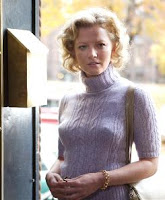 On October 12, 1964, Mary Meyer, niece of famed conservationist Gifford Pinchot, first U.S. Forest Service head, appointed by his good friend Theodore Roosevelt, was brutally murdered on the Towpath adjoining the Chesapeake and Ohio Canal, a newly designated national park, thanks to her entreaties to JFK. The Warren Commission Report, officially sanctioning the “lone gunman theory” had been released three weeks before on September 24, 1964.
On October 12, 1964, Mary Meyer, niece of famed conservationist Gifford Pinchot, first U.S. Forest Service head, appointed by his good friend Theodore Roosevelt, was brutally murdered on the Towpath adjoining the Chesapeake and Ohio Canal, a newly designated national park, thanks to her entreaties to JFK. The Warren Commission Report, officially sanctioning the “lone gunman theory” had been released three weeks before on September 24, 1964.
Janney, like Mary, believes the Warren Report was false. His opinion was formed through personal experience.
The son of a high-level CIA official, Peter and his family were very close to the Meyer family. He was particularly close to Michael Meyer, his classmate at Georgetown Day School, and would frequently play with him at their home next to Hickory Hill, all the while enamored by his mother Mary’s radiant beauty, warmth and centeredness. Michael was struck and killed by a car on December 18, 1956 at age 9. In the aftermath, Peter became closer to Mary as he grieved over his lost friend—to say nothing of her own insatiable grief. Her husband, more the stoic, grieved in a different way, paving the way for the couple’s divorce in 1958 after 13 years of marriage. Mary subsequently moved to Georgetown and would soon begin her affair with JFK, who shared her vision of peace overseen by a world governing body, in contrast to her ex-husband who “had ultimately chosen a different path,” which also impacted their marriage, Janney writes.
Janney only found out over Thanksgiving 1964, while home from boarding school, about Mary’s death. At first his mother told him very little, but, writes Janney, “I pressed her for more details but absorbed little.” One thing he did absorb, however, was that “My mother was doing all the talking; my father didn’t say anything. He just sat there, staring vacantly off into space. There was something almost eerie about his silence.”
His mother, he writes, did mention that “his father and another man had gone to the airport to meet” Mary’s ex-husband, who was away the day of her murder. “My father, Wistar Janney, had met Cord Meyer after World War II, and they now worked together at the CIA,” Janney writes.
Meyer had officially joined the CIA in 1951 at Allen Dulles’ invitation, initially working under former OSS operative Frank Wisner in the Office of Policy Coordination. In 1953, the FBI deemed him a security risk, since he once shared a podium with a radical, but after an internal inquiry he was given a security clearance and assigned to “Operation Mockingbird,” to influence media. Becoming friends of Jim Angleton—head of the CIA’s Counterintelligence Bureau within the Directorate of Plans from 1954 until his retirement in 1975—he was soon tapped to lead the agency’s International Organizations Division, a post he held from 1954-62, after which he was installed as head of the Covert Action Staff also within the Directorate of Plans.
Mary suspected the CIA was involved in Kennedy’s assassination. One person she, no doubt, shared her views with, writes Janney, “was her friend… (Bill Walton), the man who had been her escort to many of the White House social events she had attended,” after which she would often tryst with the president. Ironic that Mary’s new lover was Kennedy given that, as Talbot writes, “(Cord and Jack) took an instant dislike to each other,” when they met at a school dance at Choate in 1935, “a mutual hostility that never faded away.” But then, they were also quite similar. Both, writes Janney, were emotionally damaged in World War II, having stared down death, lost a brother each, and suffered physical wounds, Cord losing his left eye, Jack injuring his back. Cord had married at age 24 but limited his “deepest emotional expressions” to his diary. Jack, however, waiting until 36 to marry, “appeared content to avoid any intimacy in human relationships entirely. Emotionally crippled in his relations with women, he detested being embraced, and then compulsively showered… only to crave the most intimate merging of all, sexual union.” Anne Truitt, Mary’s good friend, crystallized the impact of World War II on these men, said Janney, when she wrote in 1982: “Confronted by the probability of their own deaths, it seems to me that many of the most percipient men of my generation killed off those parts of themselves that were most vulnerable to pain, and thus lost forever a delicacy of feeling on which intimacy depends.”
In 1976, the National Enquirer broke the story that Mary had also kept a diary, along with the fact of her affair with JFK, soon corroborated elsewhere. “The weekend after her death,” writes author Dick Russell in the forward to Janney’s book, “a small group had gathered at her Georgetown home in search of it.” The group included her ex-husband, as well as Angleton and his wife Cicely (Mary’s close friend) and Mary’s sister, Tony, then wife of Benjamin C. Bradlee, future Washington Post editor. Tony later found her sister’s diary “in a locked steel box containing dozens of letters including some from the slain President Kennedy.” She gave it to Angleton, “who took the material to CIA headquarters.” (The New York Times reports Angleton actually broke into Mary’s home, which Ben and Tony Bradlee witnessed, and the couple found the diary later that evening.)
Russell asked Angleton about the Enquirer story when the two met in April 1976. The former “spook’s spook” asserted “he had been acting in a private capacity for the family, and in no way for the CIA, which he hastened to add had nothing to do with her death.”
“The entire time Angleton was relating” his story, writes Russell, which also included the fact that he and Cicely were supposed to join Mary for dinner and a show later on the day of her death, “I noticed that he was digging his fingers deeper and deeper into the wooden arm of the comfortable chair in the Army and Navy Club.”
It was all “there, in her diary… her own mosaic of people, events, circumstances, and exploration…” developed “(a)fter Dallas… (having) taken it upon herself to discover… the truth of the conspiracy that had taken place—only to realize the magnitude of the second conspiracy, a cover-up taking place right before her eyes.” Once she had the picture, writes Janney, “(s)he had furiously confronted her ex-husband…”
“James Truitt, a journalist for Newsweek and another friend of the Meyers’ said he’d received a letter from Angleton saying ‘As to the diary and related papers, I burned them,’” writes Russell.
Did I mention that Angleton’s Counterintelligence Bureau was the CIA’s direct liaison to the Warren Commission?
Janney reports extensively on Leo Damore’sfindings whose book “Burden of Guilt,” about Mary’s murder, was scheduled for publication in 1993, when he suddenly and mysteriously became paranoid and depressed, convinced the CIA was tapping his phone, and two years later shot himself. An autopsy report revealed he had a brain tumor.
“Mary had engaged Walton’s counsel sometime in 1964,” writes Janney of Damore’s account. “Walton had been aware, Damore said, of how distraught she was. According to Damore, he discreetly divulged to Mary the fact that Bobby long suspected the worst of foul play in his brother’s demise, but that he had to keep a low profile for the time being. It was too dangerous to do anything else. ‘Throw yourself back into your work,’ had been his advice, as he, too, despaired over what had occurred.” Damore’s recollections, writes Janney, were based on his personal interview of Walton but no tape recording exists, Janney suspects, because that’s as the super-discreet Walton wanted it.
That those closest to JFK suspected foul play, was on the agenda when Bill Walton met with the Soviets in the wake of the assassination. This eye-popping secret trip was revealed in 1997 by Yale historian Timothy Naftali and Russian historian Aleksandr Fursenko in their book “One Hell of a Gamble,” based on secret Soviet documents. Walton traveled to the Soviet Union on November 29, 1963 putatively for USIA-sponsored artistic exchange. But, his main purpose was to deliver a message on behalf of Bobby Kennedy to Georgi Bolshakov, an undercover KGB agent.
Kennedy had told his friend Bolshakov in August 1962 how much détente was costing the president. “‘In a gust of blind hate, his enemies may go to any length, including killing him.’… Now in Moscow,” writes Talbot, “Bobby Kennedy’s representative was reporting that the attorney general’s worst fears had come true.”
Kennedy told Walton not to report to the American Embassy upon arriving in Moscow but to go directly to his meeting with Bolshakov. When the two sat down at Sovietskaya restaurant, what Walton had to say “stunned the Russian,” writes Talbot. “Bobby and Jackie believed that the president had been killed by a large political conspiracy. ‘Perhaps there was only one assassin, but he did not act alone.’… Walton told Bolshakov ‘Dallas was the ideal location for such a crime.’” As for Oswald’s Communist connections, they believed they were subterfuge. But, in spite of it all, Bobby had a plan, Walton said. He planned to run for president in 1968 and hoped the Soviets would bide their time.
God only knows the full story of how and why Kennedy was felled that bright sunny day in Dallas fifty years ago. Absent an official investigation that follows the truth wherever it leads, all the conjecture are but pieces of an unfinished puzzle—a mystery that lives on. One thing, though, is clear: When you play God, believing your vision is supremely right and the ends justify the means—and, God knows, Washington is full of such players—it never turns out well. As the joke goes, many in Washington believe, if God died, they’d move up. The corollary is, God is very much alive, and those who wantonly crave power are mere mortals, after all.
